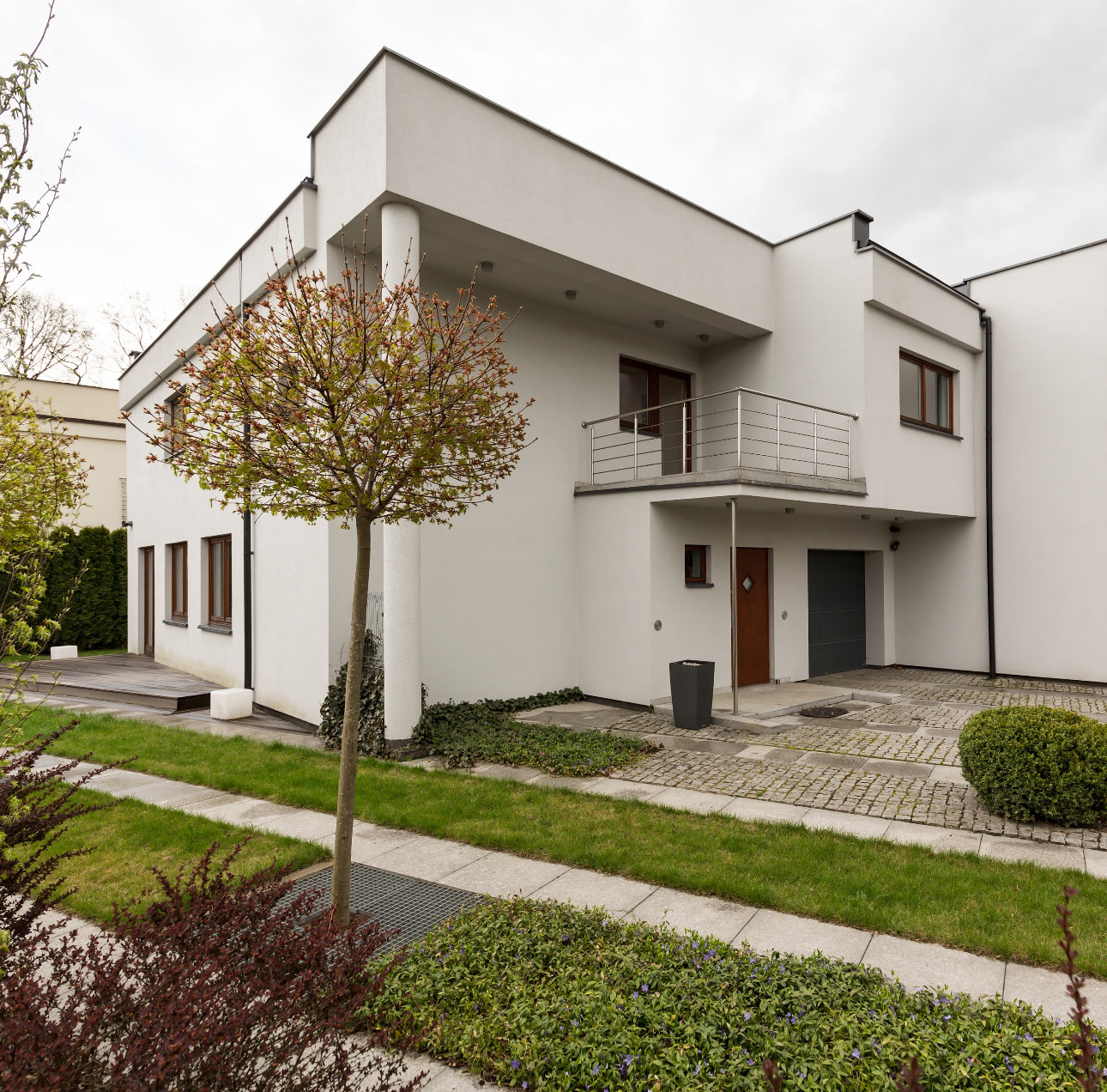Flat roofs are a common architectural choice for both residential and commercial buildings. Known for their modern aesthetic and practical benefits, flat roofs also come with their own set of challenges. If you’re considering a flat roof for your building, it’s essential to weigh the advantages and disadvantages to make an informed decision.
Advantages of a Flat Roof
-
Cost-Effective
– Lower Construction Costs: Flat roofs are generally cheaper to install than pitched roofs. The materials used are less expensive, and the construction process is simpler and faster.
– Maintenance Savings: The flat design makes maintenance tasks, such as cleaning gutters and inspecting for damage, easier and safer, potentially reducing long-term maintenance costs.
-
Additional Usable Space
– Rooftop Utilization: Flat roofs provide extra space that can be used for various purposes. You can create a rooftop garden, install solar panels, or even design a rooftop patio or recreational area.
– Equipment Placement: HVAC systems, satellite dishes, and other equipment can be placed on the roof, saving space on the ground and keeping them out of sight.
-
Modern Aesthetic
– Sleek Design: Flat roofs offer a sleek, contemporary look that complements modern architectural styles. They provide a minimalist aesthetic that can enhance the overall appearance of a building.
– *Design Flexibility: The flat surface allows for creative design possibilities, such as adding skylights or green roofs, which can further enhance the building’s visual appeal and functionality.
-
Energy Efficiency
– Insulation Benefits: Flat roofs can be insulated more efficiently, helping to maintain consistent indoor temperatures. This can lead to reduced energy consumption and lower utility bills.
– Solar Panel Installation: Flat roofs are ideal for solar panel installations, as they provide a large, unobstructed surface that can be oriented to maximize sunlight exposure.
Disadvantages of a Flat Roof
-
Drainage Issues
– Water Pooling: Flat roofs are more prone to water pooling because they lack the natural drainage slope of pitched roofs. Poor drainage can lead to leaks, structural damage, and increased wear and tear on roofing materials.
– Frequent Maintenance: To prevent drainage problems, flat roofs require regular maintenance, including clearing debris from drains and inspecting for signs of water damage.
-
Limited Lifespan
– Material Durability: The materials used for flat roofs, such as tar, gravel, and rubber membranes, generally have a shorter lifespan compared to traditional roofing materials like shingles or tiles. This means flat roofs may need to be repaired or replaced more frequently.
– Exposure to Elements: Flat roofs are more exposed to the elements, including UV radiation, extreme temperatures, and heavy rainfall, which can accelerate wear and tear.
-
Thermal Expansion and Contraction
– Temperature Fluctuations: Flat roofs are more susceptible to thermal expansion and contraction due to temperature fluctuations. This can lead to cracks and splits in the roofing material over time, increasing the risk of leaks and structural damage.
– Increased Maintenance Needs: To address the effects of thermal expansion and contraction, flat roofs require regular inspections and maintenance to identify and repair any damage promptly.
-
Insulation Challenges
– Heat Absorptio: Flat roofs can absorb and retain more heat, especially if they are not properly insulated or if they use dark roofing materials. This can lead to higher cooling costs in warm climates.
– Condensation Issues: Inadequate insulation can also result in condensation problems, leading to moisture buildup and potential mold growth within the roofing structure.
Flat roofs offer a range of benefits, including cost savings, additional usable space, and a modern aesthetic. However, they also come with challenges such as drainage issues, a shorter lifespan, and susceptibility to temperature fluctuations. By carefully considering these advantages and disadvantages, you can determine whether a flat roof is the right choice for your building. Proper installation, regular maintenance, and selecting high-quality materials can help maximize the benefits while mitigating the drawbacks of a flat roof.


Comments are closed